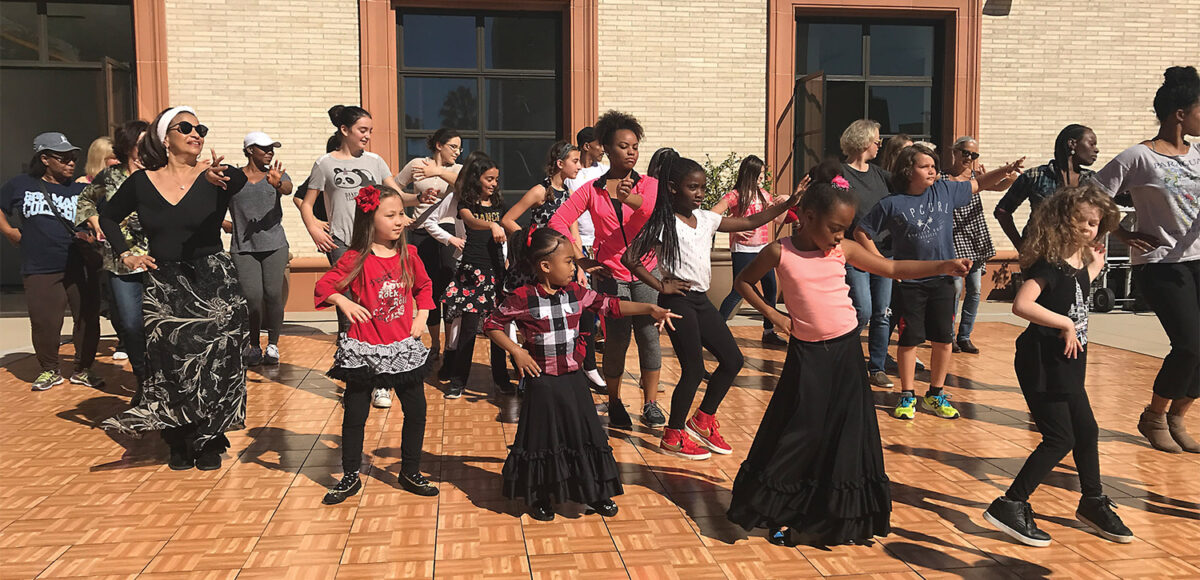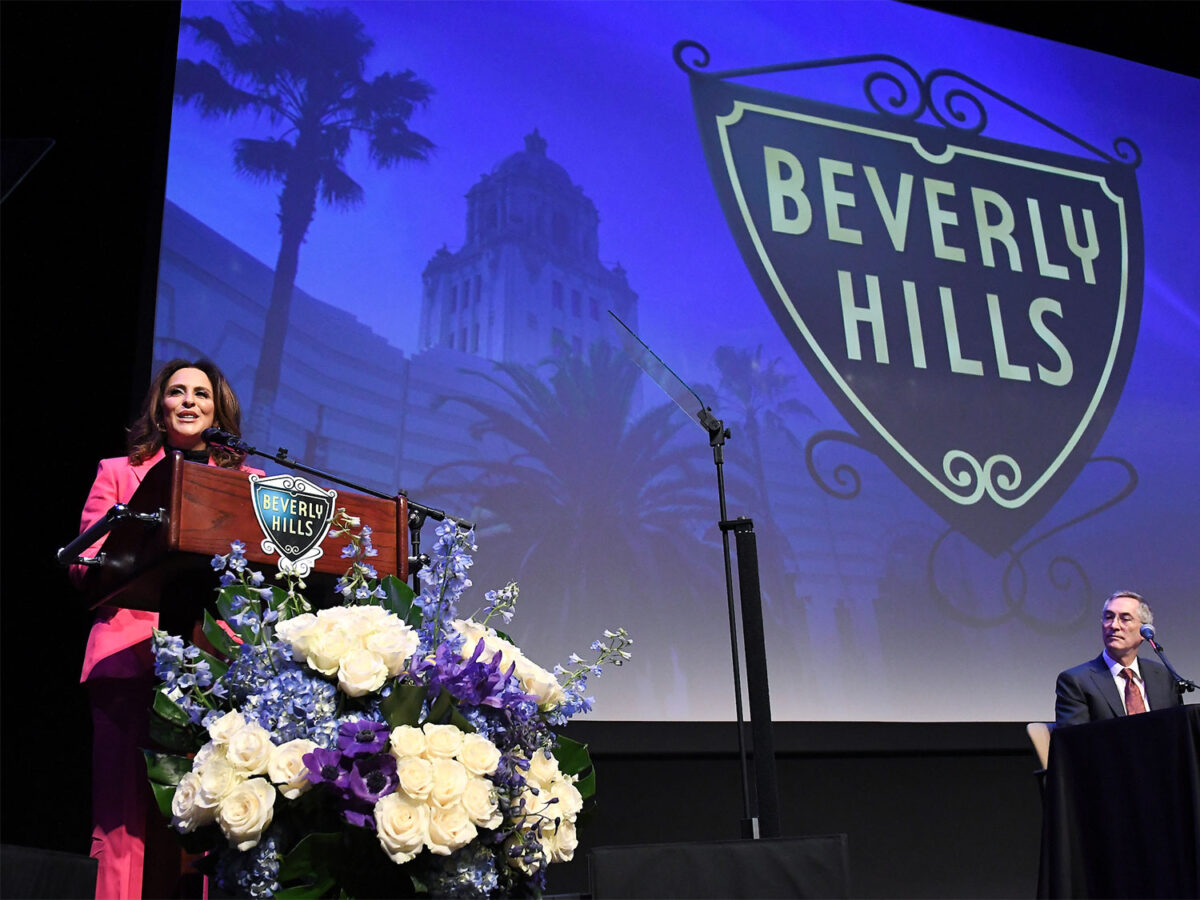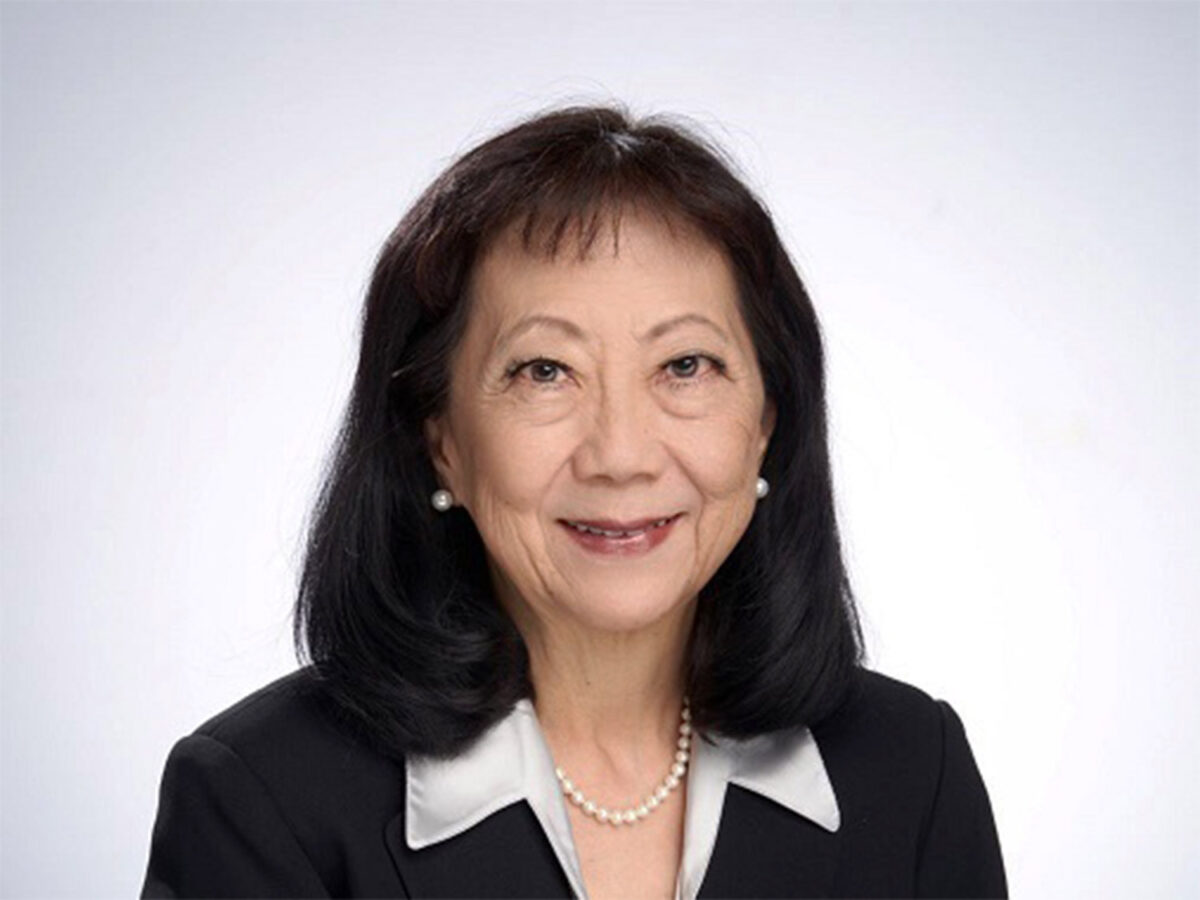It might come as no surprise to learn there is a team of strong, powerful and influential women at the Wallis Annenberg Center for the Performing Arts. After all, the center exists because of the strong, powerful and influential woman whose name is emblazoned on the building’s facade. But behind every great woman, is a great woman, and in the case of The Wallis, there are many. In total, more than a dozen women hold positions on the board. All are dedicated to ensuring the cultural crown jewel of Beverly Hills remains the beacon of inclusiveness and diversity and the globally recognized epicenter of the arts that the city deserves.
Here, we introduce a few of these women, each representing a different facet of the colorful mosaic that comprises The Wallis. Debbie Allen, who needs no introduction, has been instrumental in bringing dance to the center and to the community of Beverly Hills and beyond. As a board member of The Wallis, Executive Director of the Annenberg Foundation (and the right-hand woman to Wallis herself) Cinny Kennard exerts her influence behind the scenes, keeping in close contact with The Wallis Executive Director and CEO Robert van Leer to ensure the institution receives the support it needs from the foundation. Last month, Daphna Nazarian was named Executive Vice Chair of the board of directors at The Wallis. She has been one of the key figures helping to raise the necessary funds to keep the center’s many community outreach educational programs going and expanding.
Debbie Allen
Debbie Allen’s contribution to the world of dance is indisputable and immeasurable.
To many, she might best be remembered for her award-winning performances as the hard-nosed principal choreographer at a fictional performing arts school in the hit ‘80s TV show “Fame.” But Allen has worn many hats in her career: actress, dancer, choreographer, singer-songwriter, director and producer. She has won six Emmy Awards, a Golden Globe and five NAACP Image Awards, among many others. Allen was appointed by President George W. Bush to represent the United States as a Cultural Ambassador of Dance. She has the distinction of being named a Kennedy Center Honoree with an artist in residence there for over 15 years.
Allen has long been a leader in the arts and has taught and mentored generation after generation from communities that otherwise would not have the support to pursue dance. She also sits on the board at The Wallis and has played an important role in bringing people from every age and background to the city of Beverly Hills together in celebration of dance.
In fact, her influence at The Wallis was there from the very beginning when it was still a post office. Wallis Annenberg had invited her to an initial meeting where conversations were centered around the architecture, and what was going to go where. Allen sat back and listened before chiming in, “The architecture? Where is the dance studio?”
Years ago, Allen’s sister, actress Felicia Rashad, introduced her to Annenberg. The pair later met for lunch and over the course of that meal, Allen shared her plans to build a dance school that would focus on underserved Black and Latino communities. By the time the check came, Wallis had offered a grant to help make it possible. In 2001, Allen opened the Debbie Allen Dance Academy. (Last year, the Academy moved into a new facility inside the Rhimes Performing Arts Center in Mid-City. The 25,000-square-foot space was donated by TV powerhouse Shonda Rhimes.)
Annenberg and Allen remained close over the years, and when plans for The Wallis were taking shape, Allen was asked for her input.
“I think that for me, the most fulfilling thing was to help them understand that the footprint has to be open to the community,” Allen said. “When you go to Europe and places all over the world, there are squares everywhere that are busy with people drinking tea or sipping wine while they enjoy performances around them. The Wallis has that footprint in that wonderful terrace that opens itself up to the whole community.”
After The Wallis opened, and Allen joined the board, the question was—what to do with that terrace?
Allen, inspired by those bustling European squares, came up with an idea. She offered to lead a series of free dance lessons covering dance from all parts of the world, like salsa, African, flamenco and hip-hop to the public on the terrace. And Dance Sundays with Debbie Allen and Friends was born.
“We started that program, right out of the box, with no real funding and no real planning. Sometimes that moment of spontaneity in creativity is lightning in the bottle,” said Allen. “And I started teaching those classes, and I was out there in that hot sun sometimes. I was out there on Mother’s Day. My family was so mad at me. They said, ‘Nobody’s going to come!’ That day, I had around 250 people that had bused in from all over to be with me on Mother’s Day.”
Allen encourages all to dance, even when everyone is watching. “For me, the spirit of the dance lives inside everyone. And they just have to let it come out. Let it come out! Don’t be afraid to touch it,” she said. “Dance is the most original of all the art forms. Before man could make an instrument, we were dancing. Before we had language, we were stomping on the ground, jumping and leaping and celebrating life, births, deaths or begging for good weather.”
Dance Sundays remains an enormously popular part of The Wallis’ free summer programming on the Promenade Terrace, which has been expanding ever since. Events like Sunday Funday, a series of family-friendly entertainment such as puppet shows and children’s musicians are now held in the outdoor space. “This is all at no cost to the community other than their time, their interest and curiosity,” said Allen. “That’s what you have to pay. And it doesn’t get much better than that.”
And though The Wallis has its own independent committee responsible for its dance programming, and Allen praises them for their diversity, she certainly has had influence. Allen said she pushed to bring in Black choreographers like civil-rights activist and dance visionary Alonzo King, the gifted Crenshaw-based Lula Washington and Camille A. Brown, whose work, a combination of contemporary and ancestral styles, often explores themes surrounding African American identity.
But for Allen, dance is more than an art form, she truly believes it can save the world.
“I believe dance can lead to solving some of the problems in the world right now,” she said. Then, as if channeling the no-nonsense character that made her famous, she added, “If I could just make everyone dance, I could straighten this mess out, bring them all to the ballet bar and make them ‘hold, and hold, and move’ until they do it right.”
As funding is increasingly slashed from school arts programs, she said now more than ever we need to fill in those gaps left by the lack of political will to prioritize arts education. “This is why we can’t survive without somebody like Wallis Annenberg, and the Wallis Annenbergs of the world, and the Shonda Rhimes of the world, and the people who will help make things possible that the government just doesn’t do,” she said.
As a Culture Ambassador of Dance under President George W. Bush, Allen was tasked with traveling the world from China to Brazil to Cuba to define cultural diplomacy. She discovered that no matter where she went, no matter the issues that were dividing the people of that nation or dividing nation from nation, dance was a common language that transcended everything. It allowed for communication, for people to sit at the same table and begin to understand one another.
“I remember when I was a little girl growing up in Houston, Texas, I couldn’t be in ‘The Nutcracker’ because everything was so segregated. It was the middle of the civil rights era,” she shared. “So, I have an understanding of the price of freedom. I watched all the people, who were my elders, marching in the streets and saw things as a kid that no kid should see. And now it’s happening again. Just when we think we have reached a point of another plateau of success, we slide backward. So, this is why The Wallis is so important, and what we’re doing at the Debbie Allen Dance Academy is so important. What we do has to be measured by the change it makes in people’s lives.”
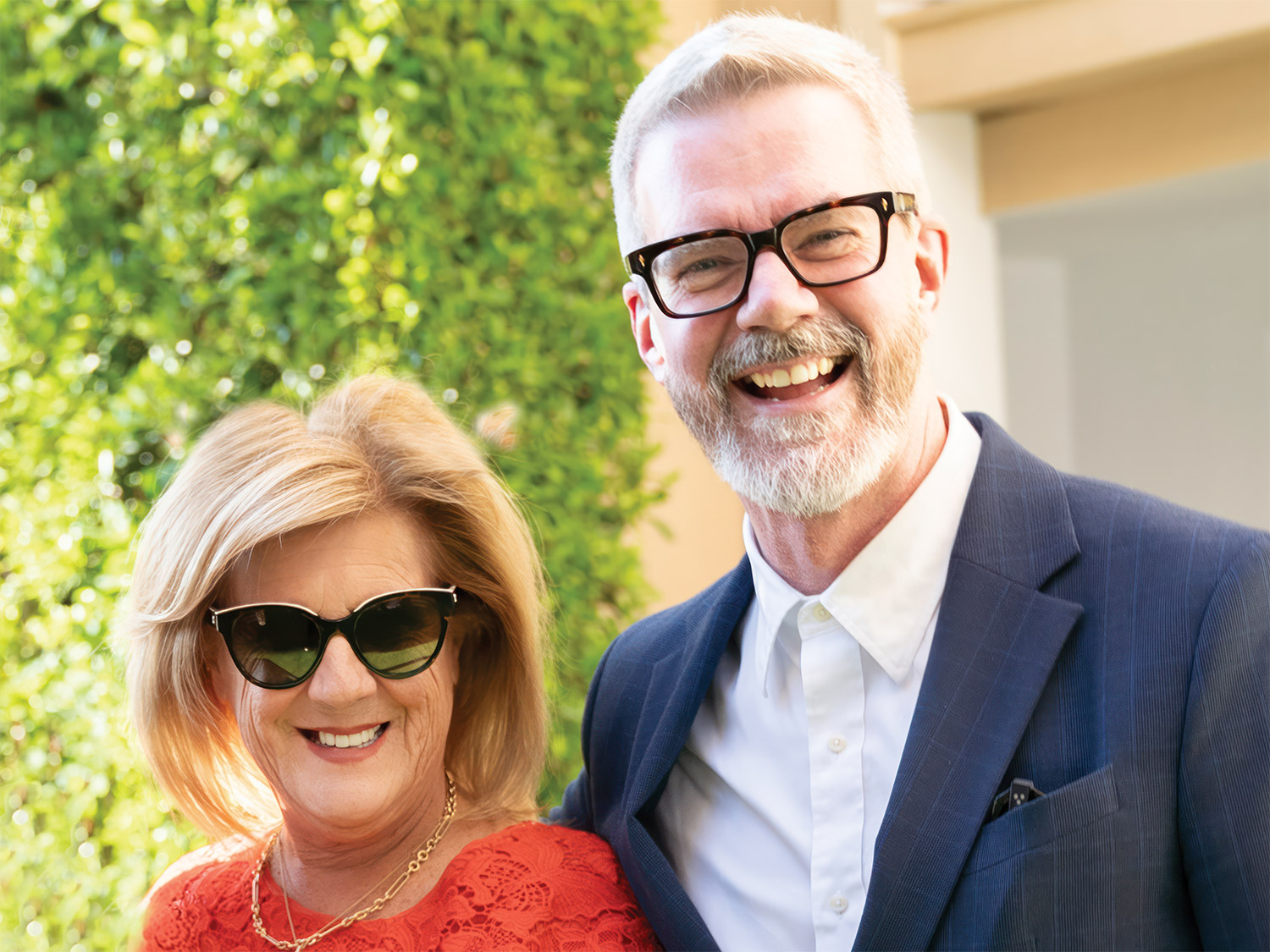
Photo courtesy of wallis annenberg center for the performing Arts
Cinny Kennard
For the past nine years, Cinny Kennard has served as Executive Director of the Annenberg Foundation, and unofficially, as CEO Wallis Annenberg’s right-hand woman. She is also a member of the board at The Wallis.
Her relationship with Wallis Annenberg goes back decades.
“I’ve had the great blessing to work with Wallis on different projects on and off for probably 20 years,” Kennard said. “It’s been a tremendous opportunity to actually learn, working beside her, about philanthropy, impact and leadership. And she’s a great mentor, as well as the boss.”
It was largely due to Wallis and the Annenberg Foundation that The Wallis was willed into existence, thanks to generous grants and donations from both. So, it’s no surprise that the foundation considers the performing arts center one of its key projects.
“The Wallis is its own entity with phenomenal leadership helping to secure amazing artists and entertainers,” explained Kennard. “But Wallis and I sit on the board. We keep very, very close to The Wallis to ensure that Beverly Hills has a flagship enterprise around the arts. The close relationship is something to which Robert van Leer, Executive Director and CEO of The Wallis, can attest. Kennard regularly checks in with him and the pair maintain a close partnership.
“The Wallis and the Annenberg Foundation is a deeply important relationship. And it goes way past the funds that the Annenberg Foundation has given us,” said van Leer. “It is a truly symbiotic relationship, where we both want the best for the center and for its future in all dimensions. And Cinny, in her role at the foundation and as a member of the board, is an important leader in the broader cultural community and as part of The Wallis in Beverly Hills.”
For Kennard, what distinguishes The Wallis from other cultural institutions is its experimental and innovative approach to the arts. The center is often referred to as “the Kennedy Center of the West” because of its multidisciplinary programming, which includes theater, music and dance. Even comedy has a place on its stages. But it’s also somewhat of an incubator where established and emerging talents are given the freedom to explore new ways of expression.
“The Wallis tries to do things that are different. In a lot of ways, it’s a laboratory. It’s a place to try things. And I think that’s what makes it distinct from other places,” said Kennard. “Beverly Hills is known, certainly for its greatness around the world, but honestly it hadn’t been known for its cultural footprint. The Wallis changed that. It is a cultural epicenter right in the middle of Beverly Hills.”
And though it’s located in Beverly Hills, Kennard points out that The Wallis has tentacles that reach far beyond the city’s borders.
“I think what everybody’s most proud of is that on any given day you can see school buses ringing the courtyard around The Wallis, bringing in kids from underserved neighborhoods and communities of color from all over the city for the GRoW program to learn about theater and music,” she explained. “So, it’s not just sitting here serving one community, it’s serving a cross-cultural group of people from all over our region.”
Kennard said the foundation is also particularly proud of The Wallis’ Creative Aging programs, where classes in creative writing and playwriting, tailored to older adults (age 55+), are offered year round. In these group classes, students are guided through a series of short assignments intended to help them excavate memories and life events, learning the power and importance of finding and sharing their voice. The classes culminate in students reading a selected work on stage at The Wallis. “We’re really proud of the effort to draw in the aging community to that theater,” said Kennard. “It becomes something much more than just a community theater; it becomes something very powerful, offering relevant and powerful programming for the community on a regular basis for all people from all walks of life.”
Ensuring female voices are amplified at The Wallis is equally important, said Kennard, but as you might imagine at a foundation run by two formidable women, it’s not a directive, it’s part of the DNA of the organization. “It’s an instinctive part of our thought process to ask, what have we done for women? And what are we doing to make sure women are valued and not devalued?” she said.
Make no mistake, Kennard is a powerhouse in her own right. She began her career in journalism and was a CBS News correspondent in Los Angeles, London and Moscow and won an award for her coverage of the 1991 Persian Gulf War, where she was boots on the ground in Baghdad and in Israel. “I did what so many women in my generation did, which was to just push through it and not let anything stop me. I put my head down and did the work,” she said.
For her part, Kennard is willing to do what she has always done, put her head down and do the work, alongside her mentor and boss. “We are two women working together in this enormous analog universe,” she said. “And I’m extremely proud of being part of a duo that’s female.”
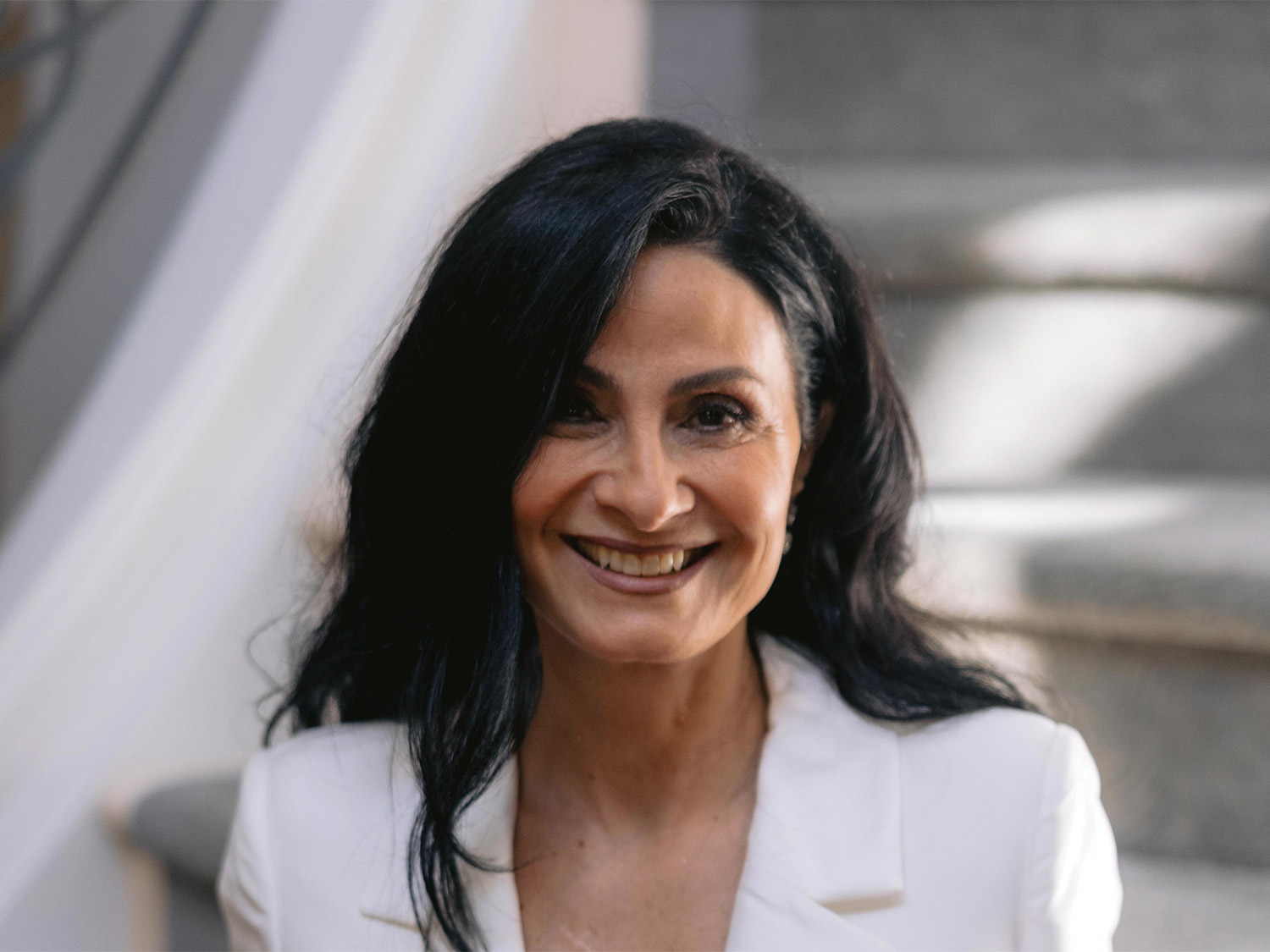
Photo courtesy of wallis annenberg center for the performing Arts
Daphna Nazarian
Daphna Nazarian had a long successful career as an architect before joining the board at The Wallis. She worked for a firm specializing in the revitalization and preservation of historical landmarks in Downtown Los Angeles and later helped develop and remodel residential estates in Bel-Air, Brentwood and Beverly Hills. In 2012, she started her own interior design company.
Recently, Nazarian was named Executive Vice Chair of the
board of directors. Van Leer said he is pleased Nazarian accepted the role, “Daphna has been instrumental in her fundraising efforts, and she is deeply passionate and committed to The Wallis and the Beverly Hills community, as a longtime resident,” he said. “Following her years
of service and dedication as Co-Chair of Development on the board, we’ve decided to expand Daphna’s role with the position of Executive Vice Chair.”
Nazarian was first approached and asked to join the board at The Wallis during the pandemic. For her, the decision to devote her time to the arts center was a deeply personal one.
“I was asked to join the board at a very challenging time in my life. It was a time when I didn’t have a lot of my own passions and creativity that I had when I was a driving force within my field,” she explained. “Surrounding myself with people who had the passion and excitement for their art, and surrounding myself with people who are talented in areas that I’m not, such as music, really became a healing source for me and gave me the strength to find my balance in life.”
Nazarian is largely tasked with raising the essential funds to ensure the center is maintained and can implement its most important and fundamental programs like GRoW, which includes outreach to about 50 community schools all over L.A. County each year.
Once a year, Nazarian spearheads an annual gala, but despite the fanfare and glitz, fundraising means asking people for money. “I used to be very shy and initially I thought there was no way I could do it,” said Nazarian. “But I believe so strongly in the mission of The Wallis so there was no way I could say no.”
Nazarian not only took on the responsibilities, she found she was really good at it. After all, raising money for causes is something that Nazarian grew up with as her family has a rich legacy of philanthropy.
She was 11 years old when her family fled Tehran, Iran during the revolution of 1979. They escaped to America and settled in Beverly Hills. “When we moved here, it was supposed to be very temporary. And within a short while, it became very evident that because we were Jewish, we could not go back,” she said. “Iran was our home, then all of a sudden, we weren’t accepted. We didn’t belong. Sadly, this issue of antisemitism is still relevant all around the world.”
In Iran, her mother was heavily involved in charity work from helping the women’s suffrage movement there to raising money for orphanages. Once in this country, both her mother and her father wanted to give back, and they focused their efforts on the arts and aiding Jewish organizations. Her father started several different foundations. One gives free loans to Israelis coming out of their compulsory military service so that they can afford college.
Her parents also instilled in her and her siblings a deep appreciation for the arts. She recalls her father once telling her, ”You don’t have to become a musician or a concert pianist, but music is there for you when you need it. If you’re upset or hurt, music is going to be your companion.” When she started Girl Scouts in Iran, her father gave her a gift, a book by Marc Chagall. “As an 8-year-old in Iran, what did I know of Marc Chagall? But that became my first introduction to the world of the arts,” she said. “And he wrote in it, ‘Whatever you do in life, make sure you always take in the beauty that life affords you around you.’”
Nazarian used these anecdotes to underscore what she feels is perhaps one of the most important missions of The Wallis, exposing children to the arts, especially as arts programs are cut from schools all over the country. “Through the arts, children and young adults are exposed to subjects like social justice and racial issues. They learn new ways to deal with pressures within their communities from lack of education to police brutality or antisemitism. They are also exposed to different cultures. And [The Wallis] does more than expose other cultures, it celebrates and values them. All of this makes it easier for me to go out and say, ‘We need help, we need support. Everyone’s support adds up.’”
Ultimately, for Nazarian, what these programs do is create a healthier and more tolerant community. “Hopefully, we’ve given these children an outlet, they won’t drop out of school, they won’t resort to violence. They’ll learn to express themselves in healthy ways and accept and embrace other cultures, and they will extend it to other people so it becomes a ripple effect. And that’s the purpose of The Wallis, to create bigger and bigger ripples.”



